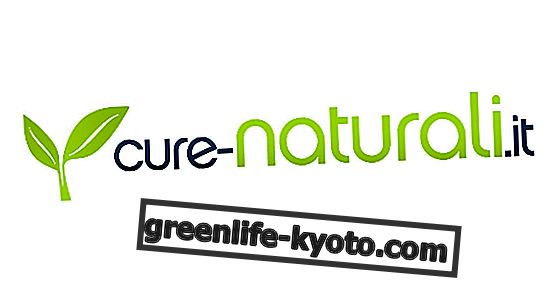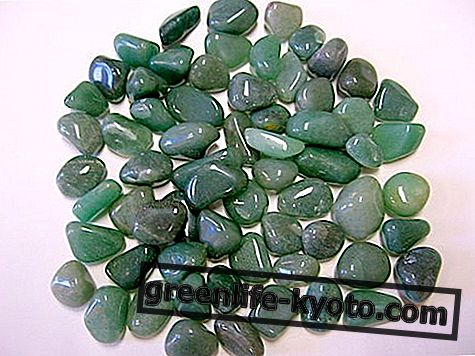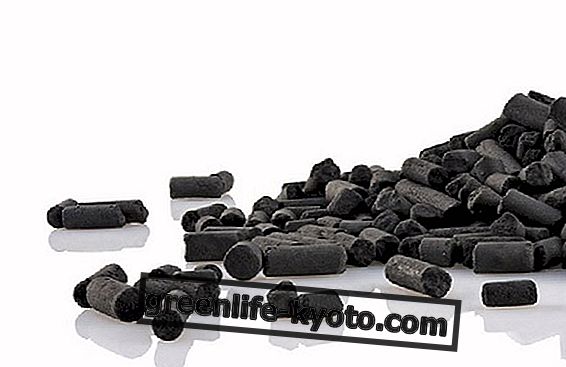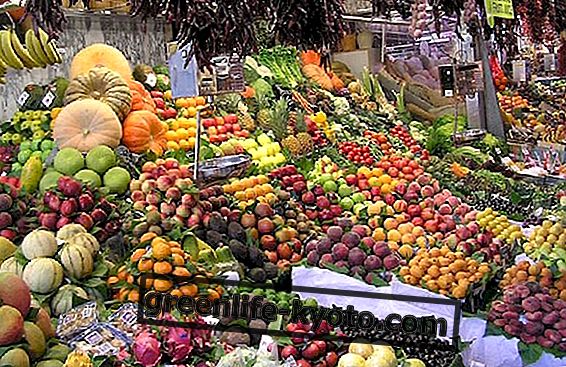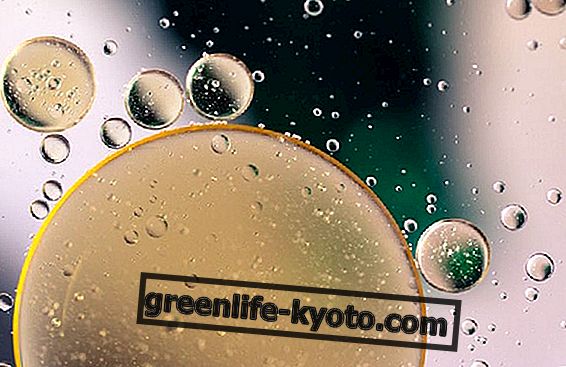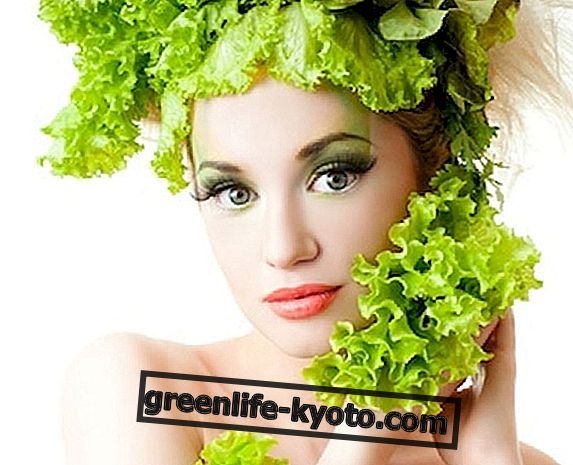
The skin, such a delicate and sensitive organ, is the first protective shield that we have and is attacked on several fronts: cold, heat, sun, impurities, stress and free radicals undermine its health! Moreover, let's look around: an artificially pulled skin looks mostly like an inexpressive mask, while a mature skin, which welcomes the passing of time in a healthy, well-groomed, conscious way is something quite different!
We therefore opt for natural remedies: deep cleansing inside and out, proper nourishment, protection are the basic rules for keeping the skin young and supple despite the years!
Free radicals ♥ compound sugars
The skin renews itself often, but it depends on the age: about every month when you are twenty, twice the time when you have sixty. Free radicals cause the physiological turnover to slow down and undermine the integrity of collagen, the protein that maintains skin tone and elasticity.
A diet rich in sugars promotes the increase of free radicals in the skin tissues. An Italian study presented at the Winter Academy of Dermatology and Oncology says this . According to this study, with a diet rich in compound sugars, snacks, non-integral sugar, sweets and more, including sugary drinks and alcohol, free radicals would double in the skin tissue.
Thus the skin would lose elasticity and become more exposed to the aging process. Even the smoke, even if passive, is guilty of aging, such as bad exposure to the sun's rays, pollution, not cleaning the dermis.
What loves the skin
Obviously, people who observe a healthy lifestyle have healthier and more beautiful skin . Generally it means saying no to alcohol, smoking and lack of sleep. Say yes instead to a healthy and light diet : to be preferred is the steam cooking and simple foods, such as bread, pasta or rice, preferably whole, to compound foods and rich cooking. Sleeping well and drinking a lot is essential.
Here are the anti-wrinkle foods
Legumes: soy, particularly rich in bioflavonoids, beans, chickpeas, lentils, peas
Vegetables, natural antioxidants: spinach, cabbage, broccoli, tomatoes, Brussels sprouts, olives, parsley; and more carrots and peppers, rich in vitamin A
Fruit : rich in vitamin C such as citrus fruits, kiwi and wild berries, apples, pears, strawberries; mango, melon, rich in vitamin A; apricots, grapes; but also nuts, such as walnuts, hazelnuts, almonds, an important source of vitamin E
Water: hydrating is essential, drinking plenty of water and juices (natural and free of added sugars) gives the body all the vitamins to maintain a healthy skin
Fibers : bread and whole grains, promote the functioning of the intestine and clean the body, avoiding the accumulation of toxins
The selenium, the zinc, the tocopherols that form the vitamin E, the vitamin C and the beta-carotene that will be transformed in the body into vitamin A are the skin's best friends. In particular, the selenium trace element is the head of all anti-free radicals, among the foods of animal origin, such as fish, meat, eggs. Among the plant foods we find it in sunflower seeds, wheat germ , bran, 00 wheat flour and grated ginger, among others. The foods listed should be consumed, alternating them, every day.

